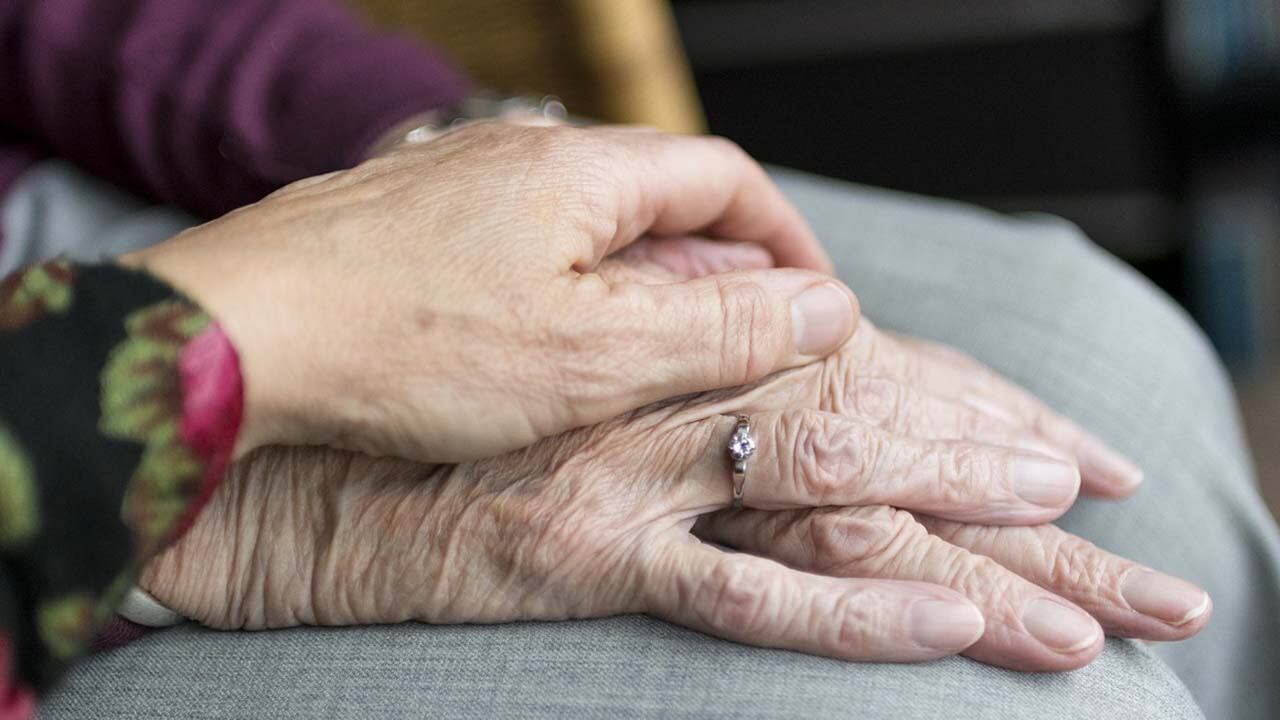A new report from the National Center for Health Statistics has found the rate of deaths linked to dementia has more than doubled over the past two decades.
Based on nationwide death certificate data — which scientists with the Atlanta-based Centers for Disease Control and Prevention note “under-represent the true death rate from Alzheimer’s and other dementias” — the disease was found as the primary cause of 261,914 deaths in 2017, up from 84,000 deaths in 2000.
“Overall, age-adjusted death rates for dementia increased from 30.5 deaths per 100,000 in 2000 to 66.7 in 2017,” researchers wrote in the new issue of National Vital Statistics Reports.
According to the CDC, “dementia is a general term for conditions that cause loss of memory severe enough that they may impact a person’s ability to carry out daily activities.”
For the NCHS report, researchers examined four types of dementia recognized by the International Classification of Diseases, including vascular dementia, unspecified dementia, Alzheimer's disease and others attributed to degenerative diseases of the nervous system.
While there are several kinds of dementia, Alzheimer's disease is the most common.
In fact, of the nearly 262,000 deaths attributed to dementia in 2017, 46 percent were due to Alzheimer's, the sixth leading cause of death in the United States. The death rate from the disease has risen by 55 percent in recent decades and in Georgia, the number of deaths from Alzheimer's has increased by 201 percent since 2000, according to Georgia Health News.
"Part of what is likely happening is people are living to older ages, and those are the ages where your risk of dementia is the highest," lead researcher Ellen Kramarow said in a statement to Healthday. "If you haven't died of heart disease or cancer or something else and you get to the very oldest ages, your risk for getting dementia is higher."
But some of the increases can also be attributed to changes in record-keeping and guidelines for coding. But again, even death certificates understate the numbers, researchers said in the study.
Last year, the CDC revealed the country’s burden of Alzheimer’s disease and related dementias will double by the year 2060.
The agency’s research, the first to factor in race and ethnicity in its forecast, suggests Hispanic-Americans will face the largest projected increase, largely due to population growth. Non-Hispanic whites are still expected to have the largest total number of Alzheimer’s cases.
“Early diagnosis is key to helping people and their families cope with loss of memory, navigate the health care system, and plan for their care in the future,” CDC Director Robert R. Redfield said.
The cause of Alzheimer’s is still not thoroughly understood, and the new report highlights the need for continued research, they added.
Emory University School of Medicine assistant professor Chad Hales, who was not involved in the report, told CNN that "diagnosing dementia begins with a good clinical history and exam, brain imaging and lab studies to ensure no other conditions are causing the symptoms." But "the current gold standard," he told the network, "is postmortem diagnosis with neuropathological confirmation," meaning the disease is best diagnosed after death.
Cox Media Group








